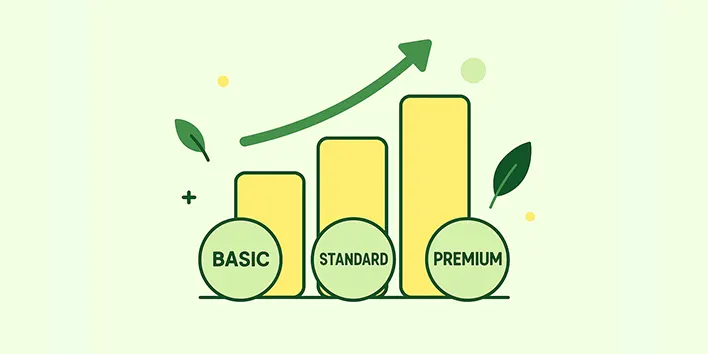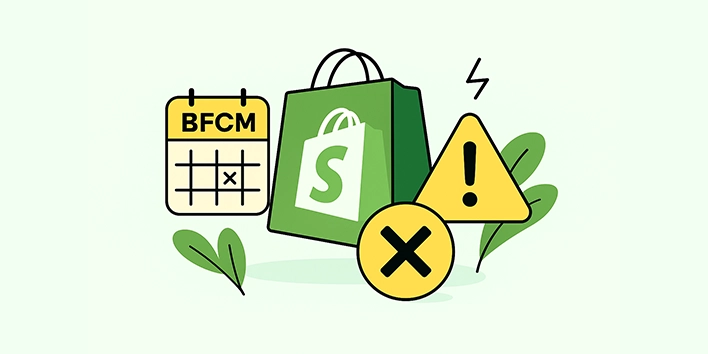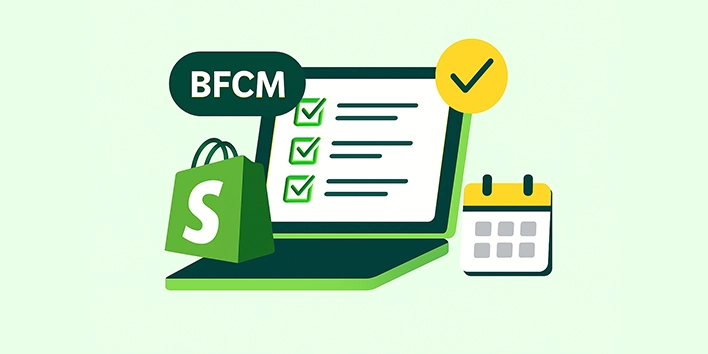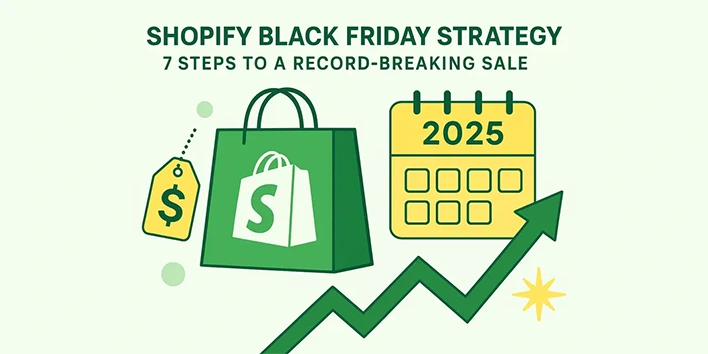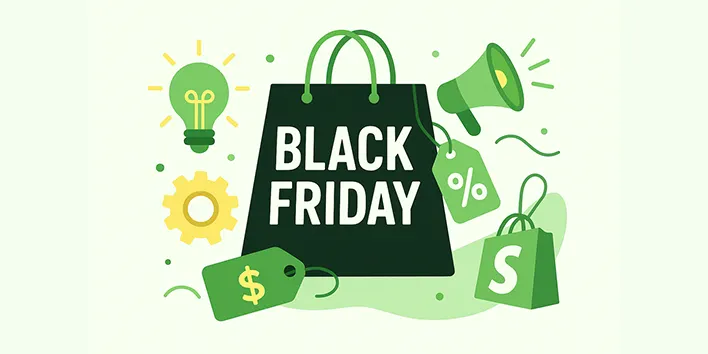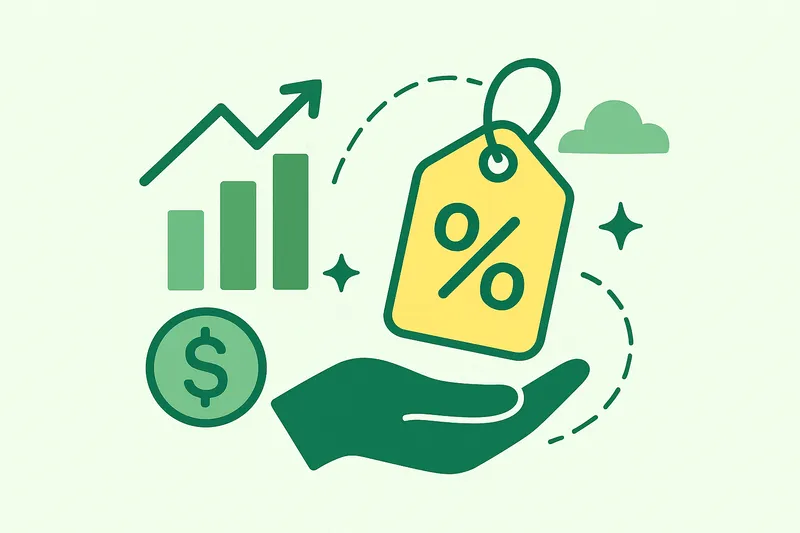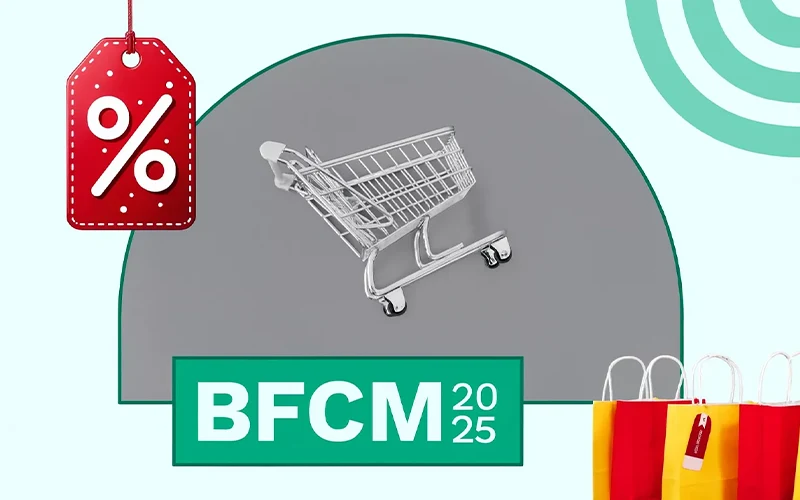Have you ever wondered how companies are able to attract various kinds of consumers without skipping a step? The solution is usually a clever pricing strategy known as the tier pricing strategy.
In simple terms, tier pricing is a strategy in which you charge different prices depending on certain factors- quantity, features, or usage. It is the same principle applied by your favorite streaming service, which has Basic, Standard, and Premium plans.
In this guide, we will take you through what tier pricing entails, when it is the best strategy to adopt, and how it can be effectively used to increase your sales and profitability.
If you operate an online shop or sell subscription services, the ability to use tiered pricing can change the outcome of your business radically.
What Are Pricing Tiers and When Should You Use Them?

Tier pricing, or tiered pricing, is the practice of establishing multiple prices of a product or service depending on certain criteria such as the amount purchased, features available, or subscription period.
This approach enables companies to attract a wider customer base by providing them with definite options.
Consider that you subscribe to a streaming service. This is usually what you will find:
- Basic Plan: Limited features, lower price.
- Standard Plan: Additional features at a moderate price.
- Premium Plan: All features included, highest price.
The tiers are aimed at different customer segments. Basic customers will find it affordable, and those who desire advanced features are ready to pay more, which means more revenue to you.
Tiered pricing is something to consider when you:
- Appeal to different customer groups.
- Increase average order value (AOV).
- Make buying easier.
- Encourage upgrades and repeat purchases.
To give an example, Discounty, a Shopify discount management app, is an ideal example of how tiered pricing can assist online stores in running various discount campaigns without any hassle. Discounty can provide a variety of pricing plans, which means that any type of business, including startups and established businesses, can select exactly what they need.
How to Calculate Pricing Tiers: A Step-by-Step Guide
Figuring out your tiered pricing structure does not need to be like solving complex math problems; it is more like a recipe. This is your clear-cut step-by-step guide to determining pricing tiers:
Step 1: Be Aware of Your Costs
First, calculate your direct costs (materials, labor) and indirect costs (marketing, overheads). The lowest level of pricing must be able to accommodate these expenses.
Step 2: Identify Customer Segments
Identify what your customers are, what they can spend, and what they prefer. This assists in identifying the number of levels you require and what each level should provide.
Step 3: Analyze Your Competitors
Look at the way competitors are pricing their products. The goal is to provide clearer, superior value to lure customers out of the hands of competitors without cutting your profit.
Step 4: Set Your Prices Clearly
Make clear, comprehensible prices. An example of a simplified pricing tier structure of a hypothetical software company would be as follows:

Step 5: Test and Adjust
Launch your pricing tiers, then monitor customer behavior and feedback. When the majority of customers are always inclined toward the lowest price, maybe the upper levels should have more explicit value propositions or different prices.
Remember, flexibility is crucial. Reviewing your tiered pricing regularly helps to keep your strategy fresh, relevant, and profitable.
Types of Pricing Tier Strategies & Where to Use Each One
Since you understand how to determine your pricing tiers, it is time to discuss the various forms of tiered pricing strategies and their application. The selection of the strategy will be based on the type of your product, customers, and business objectives.
1. Feature-Based Tiered Pricing
How it works: Each tier unlocks more features.
Best for: SaaS, software tools, digital products.
Example: Project management software:
- Basic: Task management.
- Pro: Task management + reporting + integrations.
- Enterprise: All features + API access + premium support.
Pros:
- Great for upselling. (Read more about upselling discounts on Shopify)
- Matches customer needs with value.
Cons:
- It can overwhelm customers if too many tiers are offered.
2. Usage-Based Tiered Pricing
How it works: Customers pay based on how much they use.
Best for: Cloud storage, SaaS, utilities.
Example: Cloud storage provider:
- Up to 100 GB: $5/month
- Up to 1 TB: $10/month
- Unlimited: $20/month
Pros:
- Fair—customers pay for what they use.
- Scales with the customer.
Cons:
- Revenue can fluctuate unpredictably.
3. Subscription-Based Tiered Pricing
How it works: Price decreases or value increases based on subscription duration.
Best for: Membership sites, subscription boxes, services.
Example: Meal kit subscription:
- Monthly: $50/month
- Quarterly: $45/month
- Yearly: $40/month
Pros:
- Encourages long-term commitment.
- Creates predictable revenue.
Cons:
- It may deter customers afraid of long-term contracts.
Practical Ideas and Creative Examples of Tiered Pricing Models
Need inspiration? Here are some creative ways to apply a tier pricing strategy that go beyond basic plans:
Run Festive or Seasonal Promotions
Offer tiered discounts during peak shopping seasons:
- Buy 2 items, get 10% off.
- Buy 3 items, get 15% off.
- Buy 5 items, get 25% off.
VIP or Loyalty Tiers
Reward your loyal customers with permanent tiered pricing:
- Bronze: Spend $200/year, 5% off future purchases.
- Silver: Spend $500/year, 10% off.
- Gold: Spend $1,000/year, 15% off + exclusive perks.
Bundle Tiers
Create product or service bundles at increasing value points:
- Starter bundle: 1 product + free shipping strategy.
- Growth bundle: 3 products + 10% off.
- Premium bundle: 5 products + 20% off + gift.
Example: If you’re running a Shopify store, using an app like Discounty makes it super easy to set up these creative tiered pricing campaigns—no coding needed, just a few clicks.
Read more: Discount Pricing Strategy
Real-Life Examples of Tiered Pricing in Action
Let’s see how real businesses use tiered pricing examples to grow revenue. These examples are simple, easy to follow, and show the strategy in practice.
Discounty
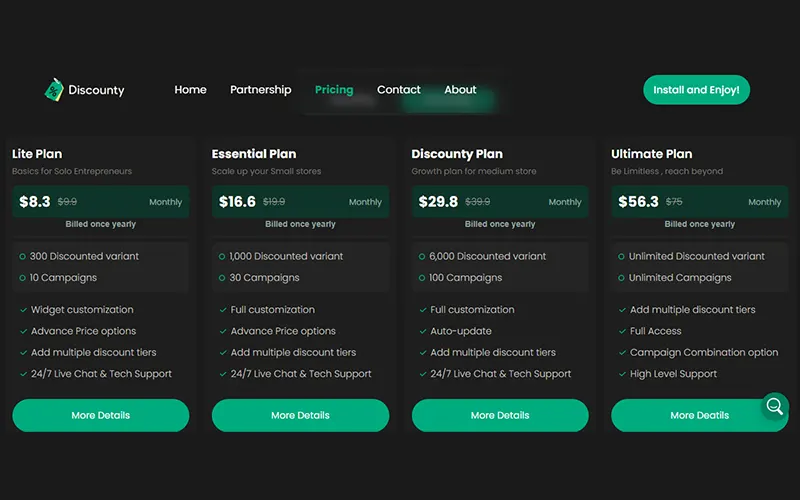
The Shopify app provides a clear example of a hybrid tiered model. It offers four plans—Lite, Essential, Discounty, and Ultimate—that scale based on both usage and features. Each tier increases the number of available campaigns and discounted variants (usage-based) while unlocking more powerful features like "Auto-update" and "Campaign Combination" (feature-based). This structure effectively serves everyone from solo entrepreneurs to large stores and creates a clear path for them to upgrade as their business grows.
Salesforce
As a leading CRM provider, Salesforce uses a feature-based tiered model to serve different customer personas. It provides specific plans such as Basic, Advanced, and Enterprise with a variety of benefits and features depending on the needs of businesses of various sizes. This strategy will enable Salesforce to cover a large market and maximize its potential revenue per user.
Freshdesk
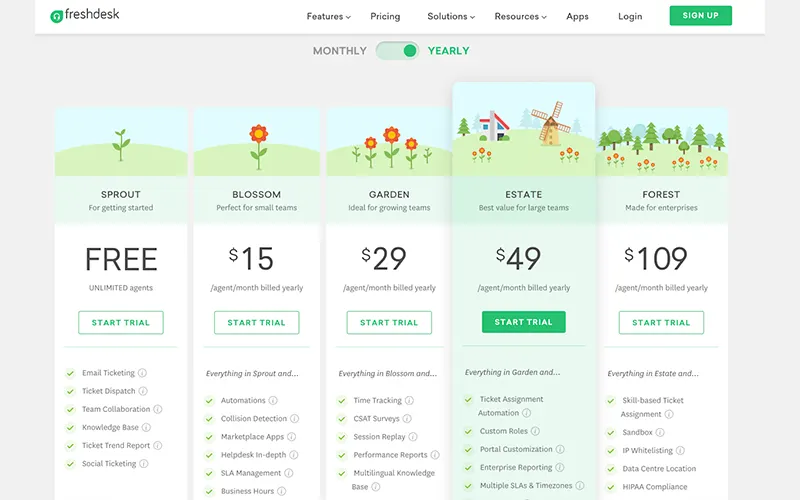
The customer service platform charges for its services in incremental levels depending on various bundles of features. This strategy allows Freshdesk to attract a diverse customer base, from small businesses to large enterprises, by offering plans that fit their specific needs and budget. As the needs of a business increase, it is able to smoothly scale up to a higher plan.
Chargebee
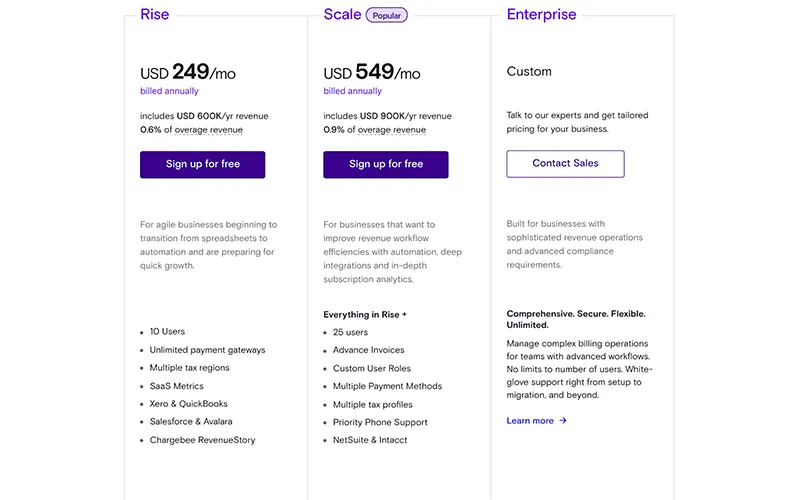
This subscription billing software is a great example of usage-based tiered pricing. In its model, features are bundled together into different plans, and the customer's cost is based on their usage within that specific plan. This strategy is highly effective for attracting startups, as the pricing can scale with the company as it grows.
Pricing Tiers vs Volume Pricing: What’s the Difference?
These two terms often get mixed up, so let’s clear up the confusion: tiered pricing vs volume pricing are similar but not identical.
Key differences:
- Volume pricing rewards the total amount bought.
- Tiered pricing creates multiple “steps” with different prices within a purchase.
Which is better?
It depends on your goals:
- Want to encourage customers to buy more at once? Volume pricing works well.
- Want to encourage progression and reward larger purchases gradually? Tiered pricing does the job.
If you’re running an online store with Shopify, you can easily implement both models using Discounty, depending on what works best for your audience. The flexibility of choosing either pricing model is one of the reasons many merchants love using Discounty for their pricing strategy.
Read More: What is Volume Discount?
How to Use Tiered Pricing in Shopify: A Practical Guide
Enough theory. Let us be practical. In case you are on Shopify and want to know how to implement tiered pricing, the good news is: you do not have to be a developer and learn some complex tools.
The most convenient is to use a special app, such as Discounty, that was created to help Shopify store owners organize discount campaigns easily.
This is the way you can set it up:
Step 1: Install Discounty
Head to the Shopify App Store and install Discounty. The free plan will allow you to explore the features.
Step 2: Turn on App Embedding
Once installed, open your Shopify theme settings, click on "App Embeds" and switch on the app by clicking on "Discounty new." This makes sure your discounts appear visually on product pages.
Step 3: New Campaign
Inside Discounty:
- Choose the campaign type: Quantity/Volume Discount or Value Discount.
- Set discount amounts and specify eligible products or collections.
- Define how your tiers will look (e.g., Buy 2 = 10% off, Buy 3 = 20% off).
Step 4: Customize Widgets and Badges
Discounty allows you to customize the way the discount badges look, colors, fonts, labels, and everything to fit the branding of your store.
You may also include countdown timers to generate urgency or display the savings a customer makes in their cart.
Step 5: Monitor and Adjust
The auto-update feature of Discounty will make sure that new products in a discounted collection automatically have the right tiered pricing.
You can track campaign performance with built-in reporting and make adjustments as needed—no manual work required.
Bonus: You can also stack campaigns (e.g., tiered discounts + cart discounts) to boost results even further!
Conclusion
An effective tier pricing strategy will assist you in attracting various customers, maximising your revenue, and developing a better customer experience. As a Shopify store owner, a SaaS company, or a service provider, tiered pricing allows you to have the freedom to give something valuable at each price point.
And the most wonderful thing? You do not have to reinvent the wheel. Shopify? With Discounty, you can use tiered pricing, volume, cart, and other discounts in a few clicks. Why not experiment and see what it can do to your store? The smarter pricing approach may be the only thing that will help you increase your sales during the season.
FAQ About Tier Pricing Strategy
1. What is tiered pricing and how does it work?
Tiered pricing is a strategy where products or services are offered at different prices depending on factors like quantity, features, or subscription duration. It helps attract multiple customer segments, encourages upgrades, and increases average order value. For example, a streaming service may have Basic, Standard, and Premium plans.
2. When should I use tiered pricing for my business?
Tiered pricing works best when you want to appeal to different customer groups, increase sales, encourage repeat purchases, or boost average order value. It’s especially effective for SaaS products, online stores, subscription services, and businesses with products that have different feature sets or usage levels.
3. How do I calculate the right pricing tiers?
Start by calculating your costs (direct and indirect), identify customer segments and what they’re willing to pay, analyze competitor pricing, and then set clear and understandable tier prices. Test and adjust regularly based on customer behavior to ensure each tier is profitable and attractive.
4. What types of tiered pricing strategies exist?
There are several types:
- Feature-based: Each tier unlocks more features (common in SaaS).
- Usage-based: Pricing depends on the amount used (e.g., cloud storage).
- Subscription-based: Price decreases or value increases with longer commitments (e.g., monthly, quarterly, yearly).
5. How can I implement tiered pricing on Shopify?
You can use apps like Discounty to set up tiered pricing campaigns without coding. Simply install the app, create campaigns (e.g., Buy 2 = 10% off, Buy 3 = 20% off), customize badges and widgets, and track performance. You can combine tiered pricing with volume or cart discounts for maximum impact.

